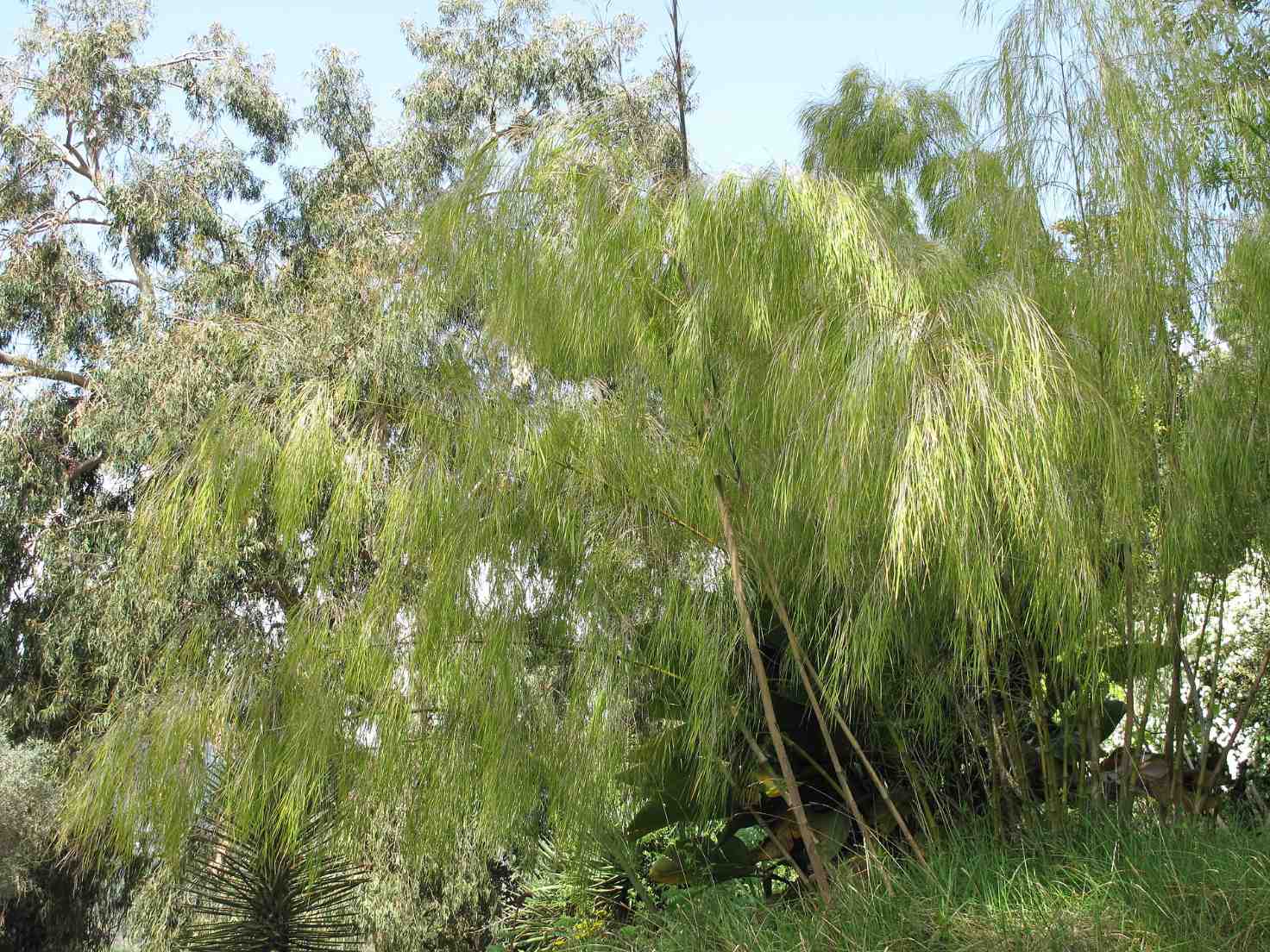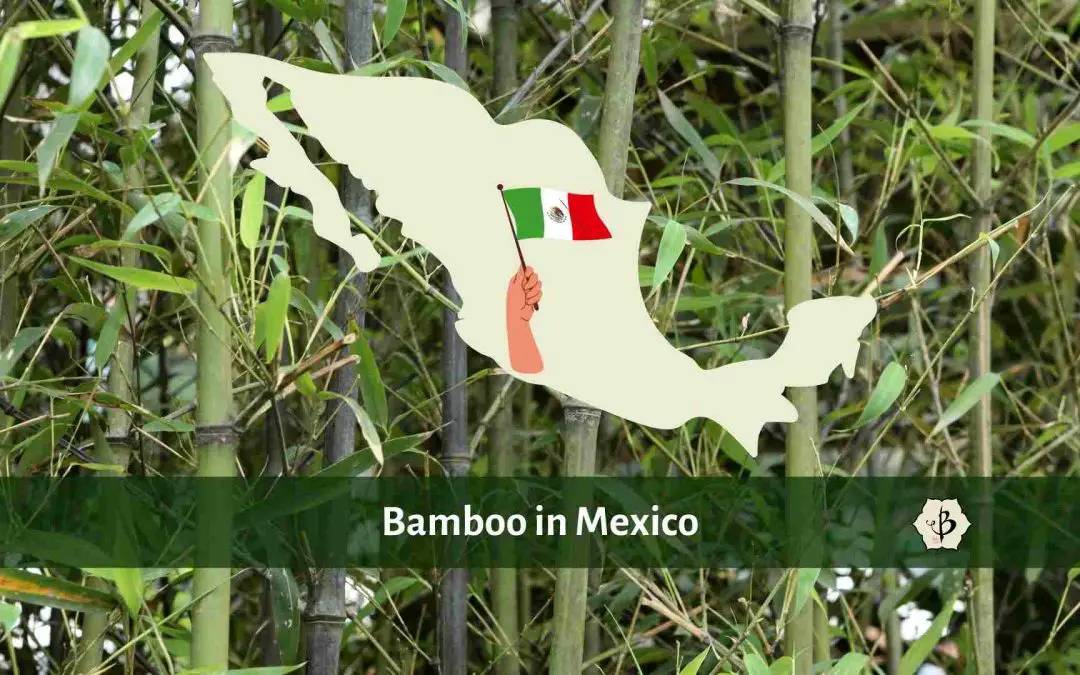Have you ever gotten wasted away in Margaritaville and woken up somewhere in a bamboo paradise? If you’ve ever partied in Mexico, you probably know what I’m talking about. Famous for cactus and Tequila, Mexico is replete with warm beaches and tropical flora. Still, most of us associate bamboo more with Southeast Asia than with Meso America. So, what kinds of bamboo actually grow in Mexico?
The warm climate of Mexico, and particularly the humid subtropical setting in the south, is especially conducive to growing bamboo. In fact, botanists have identified 56 species of bamboo that occur only in Mexico. The native bamboos of Mexico include five distinct genera. Many other varieties of Asia bamboo have also been introduced and successfully acclimated to the Latin American lifestyle.
Contact Bambu Batu if you’re interested in sourcing bamboo products directly from Mexico, and dramatically reducing both your shipping costs and your carbon footprint.
Diversity of bamboo in Mexico
Of the 56 species of bamboo uniquely indigenous to Mexico, we can classify them into five different genera. Among these native Mexican bamboos are the members of five genera. These are Cryptochloa, Chusquea, Guadua, Olmeca, Otatea, and Rhipidocladum.
These include quite a diversity of bamboos, from Cryptochloa strictiflora, a small (roughly 20 cm) bamboo that only grows in the high elevation rainforests, to Guadua aculeata, a giant timber bamboo commonly used for construction in the areas around the Gulf of Mexico.
The genus Cryptochloa is somewhat exotic, made up of just 8 species of non-woody, or herbaceous bamboo, belonging to the Olyreae tribe. These soft and compact bamboos commonly grow on the forest floor, beneath the tropical canopy, almost exclusively in Central and South America.
The most famous member of the genus Guadua is G. angustifolia, which flourishes in Colombia and is easily the most economically important bamboo species in the Western Hemisphere. Its massive culms often grow 60 to 80 feet tall and are exceptionally hard, making them ideal for construction purposes. Other, smaller species of Guadua are native to Mexico, and are still very useful on account of their size and strength. These include G. paniculata and G. velutina. Farmers sometimes plant G. angustifolia as a commercial crop.

Otatea acuminata, commonly known as Mexican Weeping Bamboo, is native to the state of Oaxaca and widespread throughout the country. It’s surely the best-known variety of Mexican bamboo among gardeners north of the border. Cold-hardy to about 20º F, this species of clumping bamboo performs quite well in the southern parts of the US, from Florida to California. Gracefully arching canes grow 10 to 20 feet tall and up to 1.5 inches thick. The plant is fairly drought tolerant but looks better with weekly watering.
Olmeca reflexa grows in lower elevation rainforests and is noteworthy for its soft, fleshy fruits that provide an interesting snack.
Bamboo adventures and misadventures
Ever have a hard time getting to the bathroom in a foreign country? Sometimes they can be devilishly camouflaged, like this lavatory near Atitlan, Mexico. My brother found it just in time. The bamboo in Mexico is resplendent, but finding a bathroom can be priceless! (See correction below.)

Bamboo in Guatemala
Before you get to the snarky comment below, allow me to correct myself. This priceless photo actually comes from Panajachel at Lake Atitlan in Guatemala. In those days, my brother used to travel extensively in Mexico. He was in the folk art business.
At times, no one really knew where he was. He spent long periods of time in the deep jungles of Chiapas, fraternizing with the Zapatistas. And once in a while, he would hop over the border to Guatemala. The Central American highlands have always been a good place to source exotic wood carvings and unusual, artisanal masks.
It must have been on once such excursion that he found himself in a thick grove of bamboo canes and manmade bamboo structures. There he was, communing with nature, when suddenly nature called upon him. Conveniently enough, the bamboo bathroom was there too, and for once, my brother turned out to be in the right place, at the right time.
This was a classic stroke of serendipity, the kind of thing we bamboo lovers live for.
Sourcing bamboo from Mexico
In fact, there’s quite a wealth of bamboo — ornamental, indigenous, and commercial — growing in southern Mexico and well into Guatemala. The most common species of bamboo grown commercially in Mexico include Bambusa oldhamii and various strains of Guadua. In recent years, enterprising farmers have also begun planting Dendrocalamus asper, giant bamboo from Southeast Asia.

If you’re looking for raw bamboo or finished bamboo products from Mexico, feel free to contact Bambu Batu for assistance. Between 2019 and 2022, the cost of shipping a container from Asia to the US skyrocketed from about $4,000 to about $24,000. That’s just for the shipping. So the idea of importing bamboo from someplace closer, like Mexico, has become very attractive.
You might also want to try the Cervesa Bambusa, a refreshing alternative to the higher octane national beverage made from agave cactus.
Conclusions
In the meantime, if it’s an unforgettable, international bamboo experience you’re looking for, please be sure to check out our fabulous articles on The world’s 20 best bamboo gardens and Bamboo adventures in Valencia, Spain. These will surely inspire you to pack your bags and board the next plane for Tokyo, by way of Honolulu, circling back through the Mediterranean.
NOTE: This article first appeared in 2008 and was corrected and revised in 2022.
Further reading
To learn more about the incredible world of bamboo, check out some of these other popular articles:


























Dude,
I told you we were in Panajachel at Lake Atitlan in Guatemala. I would have corrected this one a while ago had I been aware that you were sharing my bathroom experiences with the less than geographically savvy world at large. Nonetheless, we are quite entertained & we encourage you to keep seeking the truth, even if you can't tell if a gourd came from Guerrero, Chiapas, or even Oaxaca. Peace. Blog brother